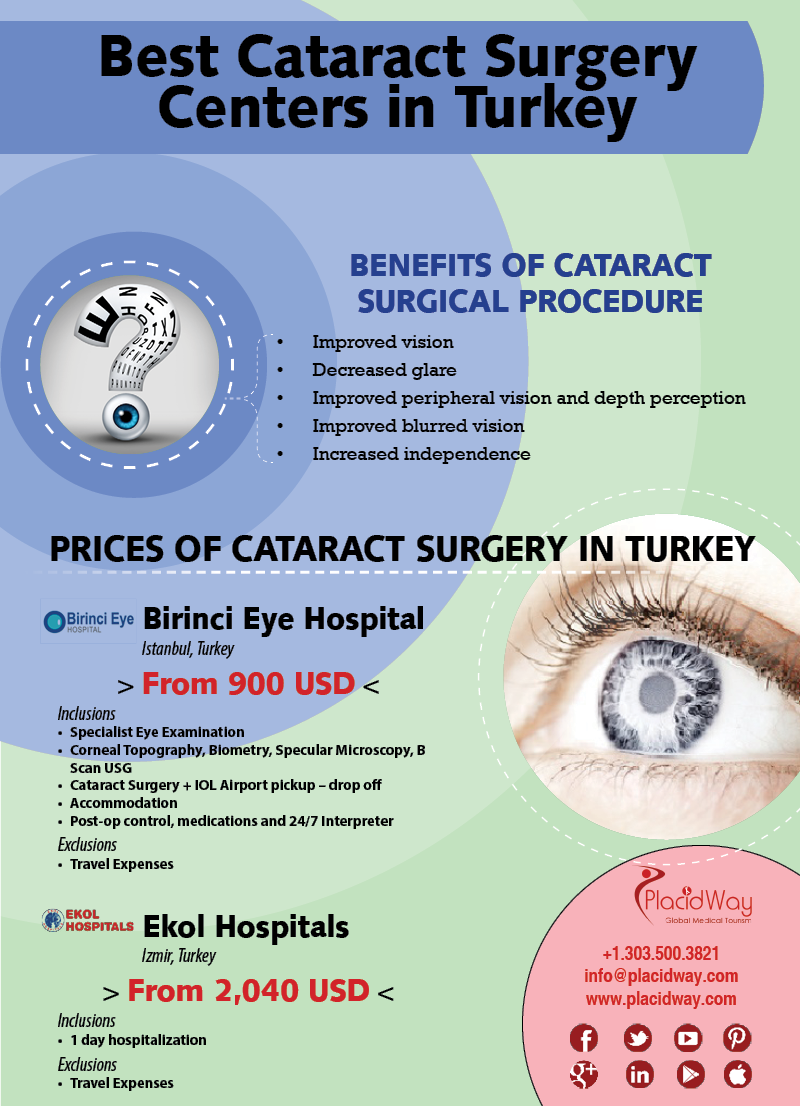What Are The Distinctions And Similarities Between SMILE Eye Surgical Procedure, LASIK, And PRK?
What Are The Distinctions And Similarities Between SMILE Eye Surgical Procedure, LASIK, And PRK?
Blog Article
Authored By-Dreyer Waller
If you've been taking into consideration SMILE eye surgical procedure, you could wonder how it stacks up against LASIK and PRK. Each treatment has its very own collection of advantages and factors to consider. From quicker recuperation times to prospective threats, there are crucial differences you should be aware of prior to choosing. Comprehending these differences will certainly help you make an enlightened selection that lines up with your details needs and expectations. Curious to know more concerning exactly how these treatments contrast thoroughly? Keep checking out to get a comprehensive understanding of SMILE, LASIK, and PRK.
SMILE Eye Surgical Treatment Review
If you're considering SMILE eye surgical treatment, you'll discover it to be a minimally invasive procedure with a fast healing time. During SMILE (Small Laceration Lenticule Extraction), a laser is used to create a little, precise cut in the cornea to eliminate a small piece of cells, improving it to correct your vision. This differs from LASIK, where a flap is developed, and PRK, where the outer layer of the cornea is totally eliminated.
Among the key advantages of SMILE is its minimally invasive nature, bring about a faster recovery procedure and less pain post-surgery. The recuperation time for SMILE is reasonably fast, with lots of individuals experiencing enhanced vision within a day or two. This makes it a popular choice for those seeking a convenient and efficient vision modification treatment. Furthermore, SMILE has actually been shown to have a lower threat of dry eye disorder compared to LASIK, making it a desirable alternative for people concerned regarding this prospective negative effects.
Distinctions Between SMILE, LASIK, and PRK
When contrasting SMILE, LASIK, and PRK eye surgeries, it is necessary to understand the unique strategies made use of in each treatment for vision modification.
SMILE (Tiny Incision Lenticule Extraction) is a minimally invasive procedure that includes developing a little incision to remove a lenticule from the cornea, improving it to correct vision.
LASIK (Laser-Assisted In Situ Keratomileusis) involves creating a slim flap on the cornea, utilizing a laser to reshape the underlying tissue, and then rearranging the flap.
PRK (Photorefractive Keratectomy) gets rid of the external layer of the cornea prior to reshaping the cells with a laser.
The major difference lies in the means the cornea is accessed and dealt with. SMILE is flapless, making it an excellent alternative for people with thin corneas or those involved in contact sporting activities. https://lasiknearme42096.blogscribble.com/35220449/cataract-surgery-post-op-treatment-and-tips-for-a-smooth-recovery offers rapid visual healing as a result of the flap production, but it may present a higher threat of flap-related issues. PRK, although having a much longer recuperation duration, prevents flap-related concerns entirely.
Understanding Prk Vs LASIK is critical in choosing the most suitable treatment for your vision modification needs.
Benefits And Drawbacks Contrast
To examine the advantages and drawbacks of SMILE, LASIK, and PRK eye surgeries, it's necessary to consider the details benefits and potential restrictions of each treatment. SMILE surgical treatment offers the benefit of a minimally intrusive procedure, with a smaller sized cut and possibly quicker recovery time contrasted to LASIK and PRK. https://searchstorage.techtarget.com/feature/An-overview-of-Microsoft-Project-Silica-and-its-archive-use decreases the danger of completely dry eye post-surgery, a common adverse effects of LASIK. However, Vegas LASIK may have restrictions in dealing with greater degrees of myopia or astigmatism compared to LASIK.
LASIK surgery provides quick visual recuperation and minimal pain during the treatment. It's extremely effective in dealing with a wide range of refractive mistakes, including nearsightedness, hyperopia, and astigmatism. Yet, LASIK brings a risk of flap problems, which can affect the corneal framework.
PRK eye surgical procedure, while not as preferred as LASIK, prevents producing a corneal flap, reducing the risk of flap-related problems. It appropriates for clients with slim corneas or irregular corneal surface areas. Nonetheless, PRK has a longer recuperation time and may involve more discomfort throughout the recovery procedure.
Final thought
So, when it comes to choosing between SMILE, LASIK, and PRK, think about it like picking the perfect pair of footwear. SMILE is like a streamlined, comfy set of tennis shoes - quick and easy.
LASIK is much more like stylish high heels - showy and quickly, yet with some potential risks.
PRK is like strong treking boots - dependable and resilient, yet calling for a bit more time and effort.
Eventually, the very best selection depends on your private requirements and preferences.
